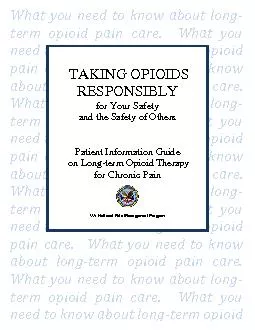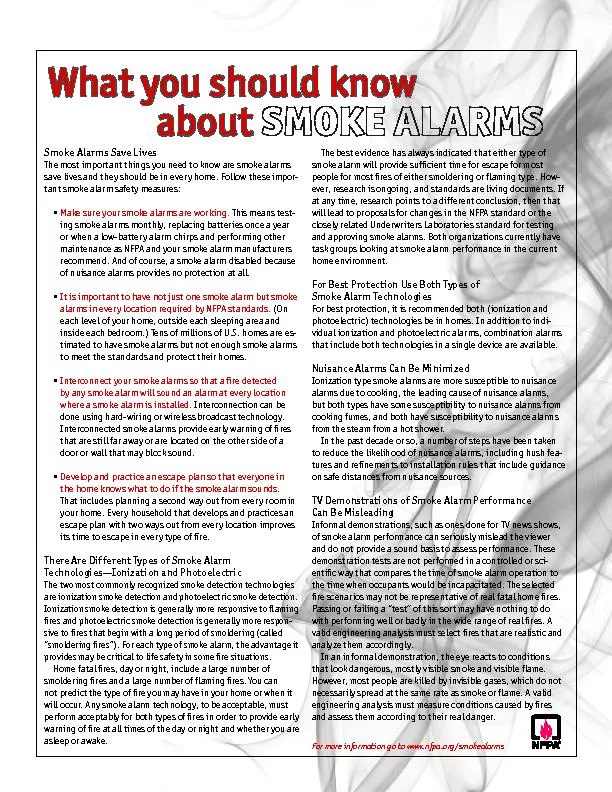PPT-ALL YOU NEED TO KNOW ABOUT RISK
Author : teresa | Published Date : 2022-02-16
FACTORS Author PhDStefan Kovacs Email safetyinknowledgegmailcom DISCLAIMER The content of this presentation was designed in order to give the most important informations
Presentation Embed Code
Download Presentation
Download Presentation The PPT/PDF document "ALL YOU NEED TO KNOW ABOUT RISK" is the property of its rightful owner. Permission is granted to download and print the materials on this website for personal, non-commercial use only, and to display it on your personal computer provided you do not modify the materials and that you retain all copyright notices contained in the materials. By downloading content from our website, you accept the terms of this agreement.
ALL YOU NEED TO KNOW ABOUT RISK: Transcript
Download Rules Of Document
"ALL YOU NEED TO KNOW ABOUT RISK"The content belongs to its owner. You may download and print it for personal use, without modification, and keep all copyright notices. By downloading, you agree to these terms.
Related Documents










![[EBOOK] - Planet Law School II: What You Need to Know (Before You Go), But Didn\'t Know](https://thumbs.docslides.com/906479/ebook-planet-law-school-ii-what-you-need-to-know-before-you-go-but-didn-t-know-to-ask-and-no-one-else-will-tell-you-seco.jpg)



